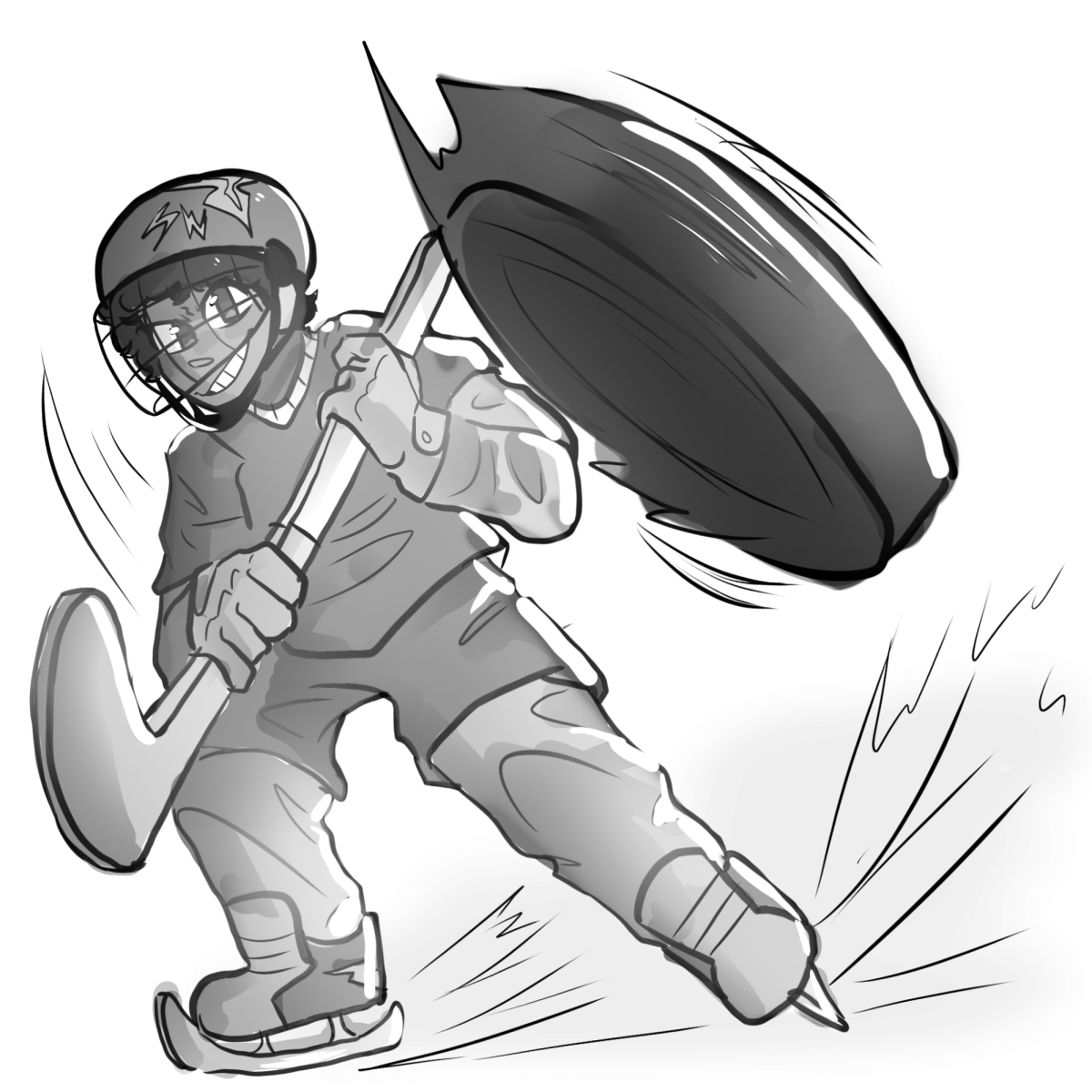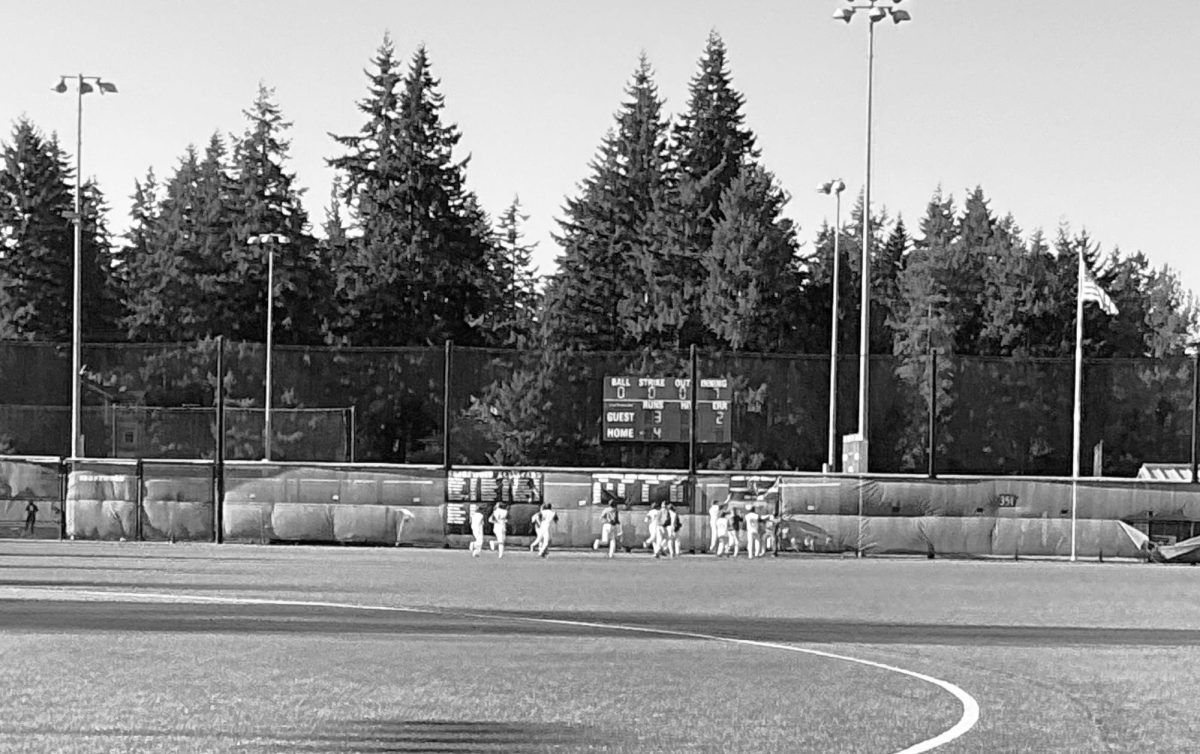With the addition of our very own team to our city, interest in hockey has grown. It can be perceived as extreme or intimidating. Many people may have an idea of hockey but see it as “that difficult Canadian sport.” To give a brief understanding of the sport, here are some easy but important details to know.
The first place to start is with the players and positions.
There are usually six players on the ice at a time: one goalie and five players who can be divided into forwards or defensemen. The goalie can also be swapped out for an extra skater if the team chooses to do so. Forwards are usually the players who cross the ice to score, while defensemen stay back and try to keep the puck on the opposition’s end of the ice. The goalie’s main job is to stop the puck from getting into the net, though there are occasions when the goalie leaves the crease (this action is decently rare).
The goal of the sport is to get a rubber puck from one end of the ice to the other and hit it into the net for a point.
The catch? There are six opposing players on the ice, and their goal is to do the exact same thing. One last key detail is that the game is split into three periods, each lasting 20 minutes. Hockey isn’t a short sport to play, which is why players are often subbed out during play on the ice. Substitutions are made during the middle of the game by coaches in order to keep the fast pace but have new players in. Subbing players often changes what the team’s game plan was for a new one as well.
One of the biggest
things to know about hockey is that it is much more than just skating.
Hockey isn’t just a difficult sport; it is rated one of the hardest sports in the world. ESPN rates hockey as the second hardest sport ever (second to boxing). The sport’s speed is incredibly fast-paced, the average skating speed is about 15 mph, and the average slap shot is over 100 mph. The fast pace extends beyond physical speed and into the mental aspect. Players must handle a tiny plastic puck on a very low-friction surface, while also defending themselves against hits or trying to steal the puck from an opponent. All of this happens while adhering to the game plan set by their team.
Accuracy in hockey is incredibly
important as well.
The face of a hockey goal is six feet wide by four feet tall, and a goalie is standing in the middle whose sole job is to stop the puck. The placement of your shot is crucial, and the precision of your skating is also key. If you can’t skate, you can’t play. If you can’t skate fast, you won’t be very helpful. If you can’t skate in purposeful lines and maintain exceptional balance, you’ll only interfere. The physical demands are significant, but hockey also has the average mental challenges of any other sport. Games can be extremely stressful. You have to be fully committed and confident that you’re ready. That can be tough to maintain, especially during a close game or a rivalry match.
One of the final challenges of the sport is the injury factor.
It’s incredibly easy to get injured in any physical sport, but even more so when you consider that hockey is the only team sport where it’s completely within the rules to box someone during the middle of the game. Hockey is a very difficult sport, and just starting may even be tough.
One starter struggle for the sport is that the gear is on the expensive side—you’ll need to buy a stick, skates, a helmet with a face mask or visor, gloves, elbow pads, shoulder pads, and shin guards. All the gear tallied up costs a lot of money but like any sport, you have to buy it to play.
The biggest challenge of hockey is making it to the professional league.
Like any other professional sport, there are so many different people ready to compete against you, all of them incredibly motivated and skilled. You also have to train frequently in order to be successful.
One of the best ways to get into hockey is by getting familiar with it.
Watch some games, check out the NHL, and best of all—get on the ice yourself. You’ll never know if you like it if you never try. So even after all of the difficult pieces of hockey, it is still incredibly worth it if you love to play sports, if you love a community, and if you’re someone who thrives on a challenge.







